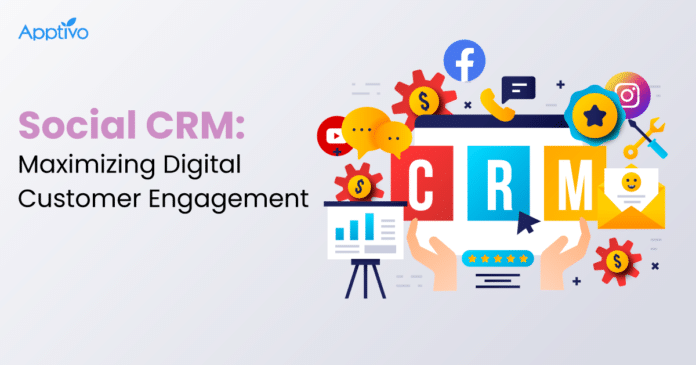I. Introduction
In the ever-evolving landscape of sales and marketing, two key elements play a crucial role: Customer Relationship Management (CRM) systems and Content Versioning. This blog explores how the seamless integration of CRM and content versioning can significantly enhance your sales pipeline, resulting in increased efficiency, improved customer engagement, and ultimately, higher conversion rates.
II. Understanding the Sales Pipeline
- What is a Sales Pipeline? A sales pipeline is a visual representation of the stages a potential customer goes through in the sales process. It typically includes stages like lead generation, qualification, presentation, and closing the deal.
- The Significance of a Well-Managed Sales Pipeline A well-organized sales pipeline crm ensures that leads are efficiently nurtured and moved through the sales process, minimizing lost opportunities and improving sales team productivity.
III. The Role of CRM in Sales Pipeline Management
- Centralized Lead and Customer Data CRM systems store lead and customer information, making it easy for sales teams to access and update vital details.
- Automated Lead Tracking and Follow-ups CRM automates lead tracking and enables timely follow-ups, ensuring that no potential customer is left behind.
- Sales Analytics and Forecasting CRM tools provide data-driven insights, helping in sales forecasting and decision-making.
IV. Content Versioning for Personalized Messaging
- What is Content Versioning? Content versioning involves creating different versions of content, such as emails or proposals, tailored to specific customer segments or individuals.
- Personalization and Relevance Content versioning allows you to tailor your messaging to each lead’s preferences and needs, increasing the chances of engagement.
- Improved Customer Experience By sending content that resonates with the recipient, you enhance the overall customer experience and build trust.
V. Integrating CRM and Content Versioning
- Benefits of Integration The seamless integration of CRM and content versioning ensures that personalized content is sent to leads at the right stage of the sales pipeline.
- Automated Content Delivery CRM triggers the delivery of the appropriate content version based on lead behavior or stage in the sales process.
- Streamlined Lead Nurturing Content versioning streamlines lead nurturing, ensuring that leads receive content that matches their interests and needs.
VI. Best Practices for Optimizing Your Sales Pipeline
- Segmentation Divide your leads into segments based on demographics, behavior, or preferences to personalize your content effectively.
- Content Mapping Map your content to various stages of the sales pipeline, ensuring that it aligns with lead progression.
- A/B Testing Experiment with different content versions to identify which ones resonate most with your leads.
VII. Measuring Success and Continuous Improvement
- Tracking Engagement Monitor how leads are engaging with your content and adjust your content versions accordingly.
- Conversion Rate Analysis Analyze which content versions result in higher conversion rates, and focus your efforts on these.
- Feedback and Adaptation Continuously gather feedback from your sales team and leads to refine and enhance your content versions.
VIII. Conclusion
The synergy between CRM and content versioning provides a powerful tool for optimizing your sales pipeline. By centralizing lead data, automating content delivery, and personalizing messaging, you can nurture leads more effectively and ultimately boost your conversion rates. The combination of CRM and content versioning is the key to enhancing the efficiency and success of your sales process.
